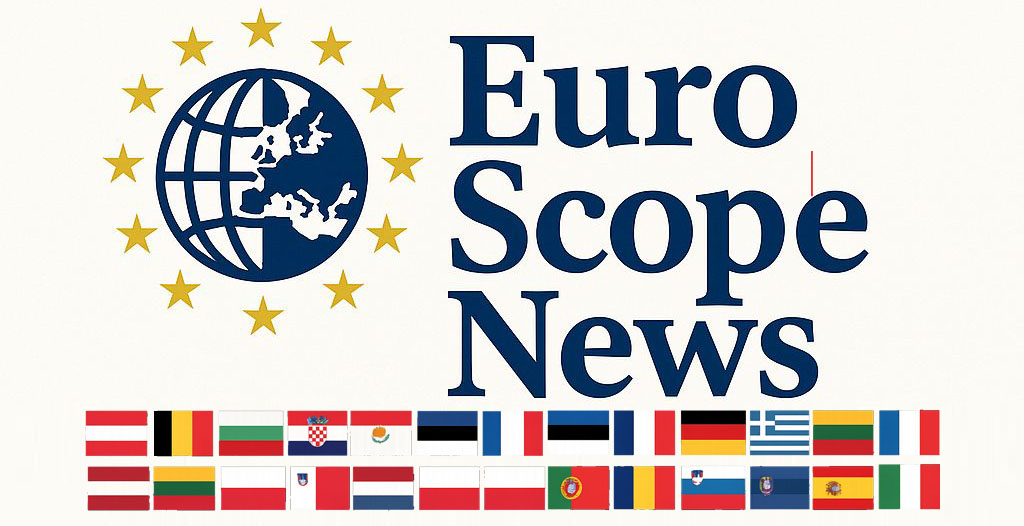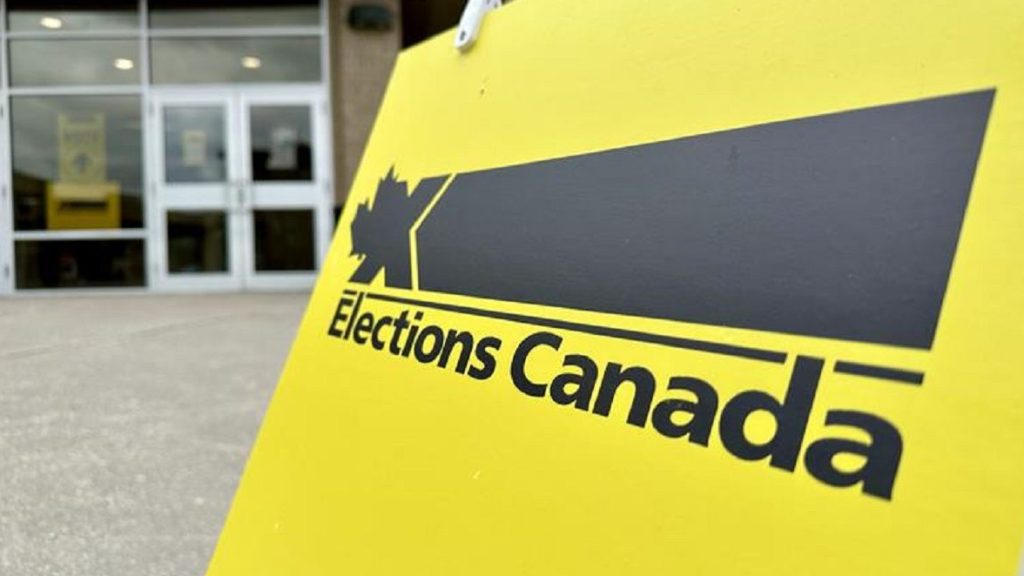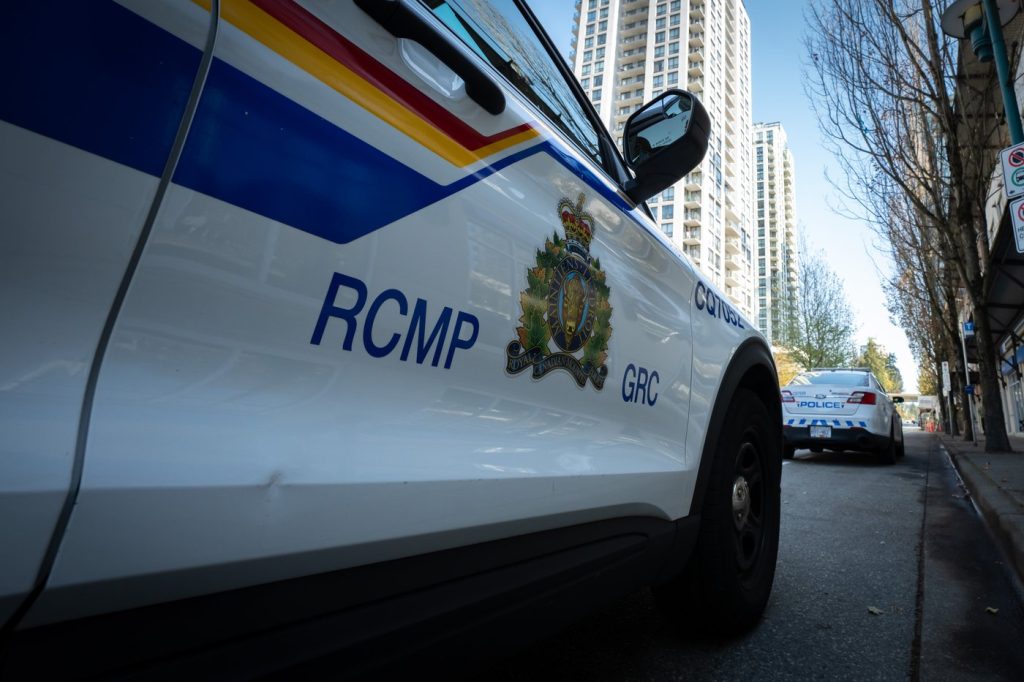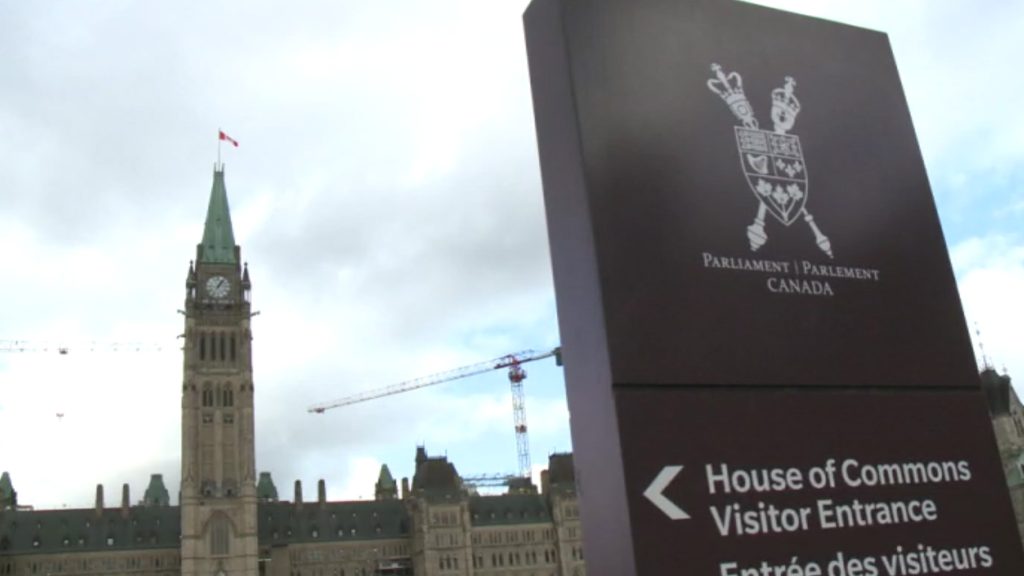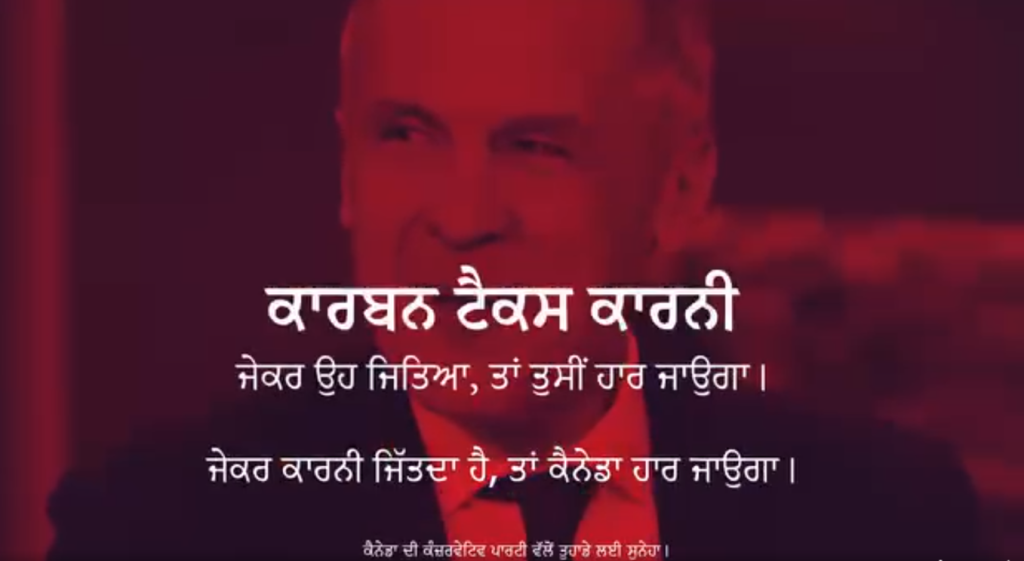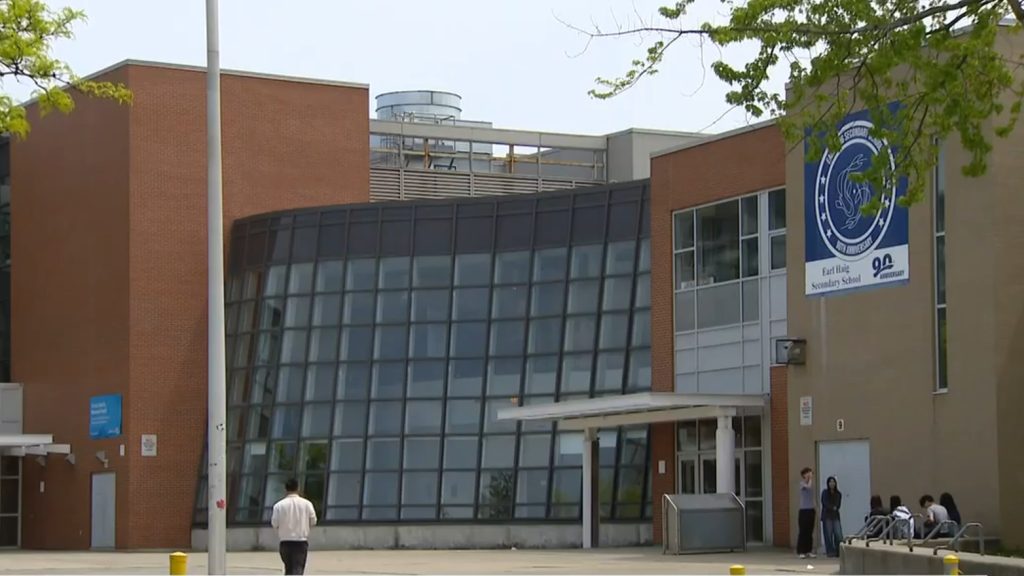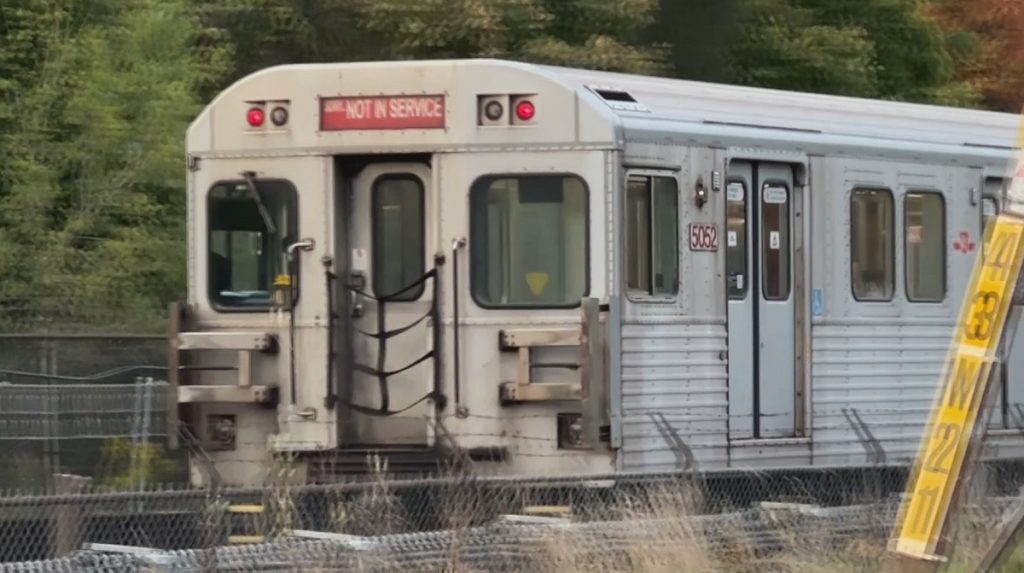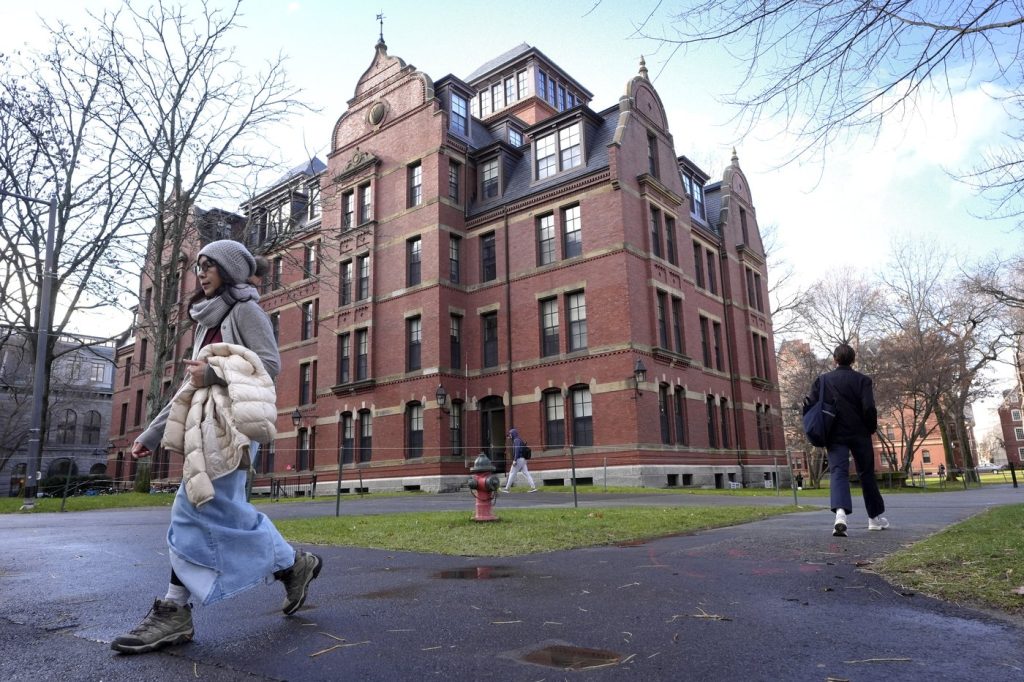As Canadians participated in record numbers in advance polls for the recent election, a simultaneous surge in misinformation and disinformation emerged. Diane Benson, a spokesperson for Elections Canada, highlighted the strong interest shown by nearly 7.3 million residents who voted early, suggesting that a busy election day was anticipated.
During the Easter long weekend, several social media posts raised concerns regarding the use of pencils at voting locations. One user on X urged fellow voters to demand pens over pencils, warning that pencil markings could "mysteriously erase and change." Another user questioned the rationale behind using pencils, stating that they are typically used when one might need to erase a mark, thus implying a lack of integrity in the voting process. Benson responded to these posts, explaining that pencils are mandated by law for voting and are preferred due to their reusability, resulting in cost savings for Elections Canada over time. Although voters are allowed to bring their own writing instruments, they must ensure that their marks do not smudge or carry any identifying characteristics.
Benson elaborated on the strict procedures in place to maintain the integrity of the ballot counting process. Completed ballots, whether cast on election day, during advance polls, or through special ballots, are not counted until after polling has closed in the area. The ballots are securely stored in sealed boxes. During the counting process, ballots are reviewed in front of witnesses, which can include scrutineers appointed by registered candidates, ensuring transparency and accountability. Any objections raised regarding a ballot are documented, and such ballots are examined carefully in the event of a recount.
She emphasized that counting takes place in secured environments with registered witnesses, candidates, and scrutineers observing each step. To enhance trust, non-identifying serial numbers are used to track the number of ballots distributed, while updated voter lists help prevent double voting. In response to the wave of misinformation regarding voting processes, Elections Canada has launched the "Electofacts" website to clarify misconceptions surrounding voting methods, counting procedures, voting technology, and the integrity of elections.
Furthermore, the agency has been proactive by releasing videos on YouTube to explain the voting process and staying active on various social media platforms, addressing residents' inquiries directly. Benson noted that with the increasing reliance on social media for information, it is essential to reach voters through these channels. She acknowledged that much misinformation stems from a lack of understanding about the electoral process.
In a bid to amplify accurate information, CityNews contacted major Canadian political parties, including the Conservative Party, the Liberal Party, the Green Party, and the New Democratic Party, to gauge their concerns regarding voting procedures and reports of potential ballot tampering, but no responses were received by the deadline.
Benson concluded by underscoring the collective responsibility to ensure the dissemination of accurate information regarding the electoral process. While Elections Canada strives to provide comprehensive information through their website and social media, voters are encouraged to verify the information they come across. This "whole-of-society approach" emphasizes that no single agency can tackle all misinformation, and it is crucial for citizens to arm themselves with the facts before casting their votes or questioning the system.
